A mysterious ancient road located underground in the My Son temple complex (Duy Phu commune, Duy Xuyen district, Quang Nam ) has just been discovered through an excavation survey by the Institute of Archaeology, revealing traces of architectural works never known in My Son in the history of this relic.
 |
| Current status of the exploration pit. Photo: NAM THINH |
Path dating back to the 12th century
Recently, the Institute of Archaeology (Ministry of Culture, Sports and Tourism) coordinated with the My Son Cultural Heritage Management Board to conduct an exploratory excavation of the My Son K tower group area. During one month of implementation, the team opened 5 exploratory pits (each pit has an area of 4m2), the exploration range is about 10-50m from the surrounding wall of the new tower area built by the India - Vietnam cooperation project (implemented in 2017-2018).
The results of the exploratory excavation determined that in the eastern area (behind) of the K tower, 2 exploratory pits were opened, initially discovering 2 traces of the northern and southern walls of the road running along the east-west direction. In the western area (in front) of the K tower, 3 exploratory pits were opened, discovering traces of the foundation of the road leading from the outside to the tower door. The results of the fieldwork and archaeological exploration also determined that the west of the K tower was the stream bank area of a branch of the Khe The stream running through; the east of the K tower was likely a large, flat yard intentionally filled with sand and soil to create an open space.
Regarding the relic, the architectural remains are located under a layer of soil 20-30cm thick or less in the exploration pits 1 and 2 to the east of tower K. The architectural remains are two sections of the surrounding walls extending from tower K to the east, towards tower areas E and F deep inside the My Son valley. In addition, the entire section of the surrounding wall of the road to the east of tower K has been exposed, about 65m long; the width of the road including both walls is about 9m; the width of the road is about 8m. Of which, the length of the road exposed due to the restoration of the India-Vietnam cooperation project at tower K is about 20m long.
Dr. Nguyen Ngoc Quy (Institute of Archaeology), who is in charge of this excavation project, said that this architectural work is completely new to the public because it was destroyed a long time ago and buried under a thick layer of alluvial forest soil. Because the archaeological exploration work has only been carried out in a very modest area, it is not possible to clarify the specific age of the relic. However, through the relationship between the ruins of the path and the K tower, it is possible to initially determine that the path dates back to the 12th century (equivalent to the age of the K tower).
Many mysteries lie deep underground.
According to Dr. Nguyen Ngoc Quy, the results of this exploratory excavation have identified a road starting from Tower K leading to the central area of My Son Sanctuary in the 12th century, which is the first time that domestic and international archeological and historical researchers have known. At the same time, he believes that this road is the Royal Road - the road leading to the sacred space of My Son Sanctuary for gods, kings and Brahmin priests.
 |
| Remains of the south side of the wall of exploration pit 1. |
Dr. Nguyen Ngoc Quy said that the reason for affirming that the road discovered at Tower K is "Royal" (or "Shinto" axis) is because in the past, only kings and priests were allowed to enter the holy land to offer sacrifices, and ordinary people were not allowed to enter. In addition, Tower K is located in a separate and first position in the relic site, acting as a station to welcome believers to the sacred space inside. Not to mention, through the available documents, many domestic and international researchers also determined that from Tower K there was a road leading to the temples inside.
"The results of the archaeological survey in the area around Tower K have revealed traces of architectural works that have never been known in My Son in the history of the relic's existence up to now. The above discovery also raises the issue of continuing archaeological research on the system of architectural ruins of the path in the area around Tower K to clarify the presence of the Royal Road leading to the My Son Holy Land of the ancient Cham people. The completion of the work will contribute new documents to a more comprehensive understanding of the cultural - historical - architectural space of My Son", said Dr. Nguyen Ngoc Quy.
Speaking to Thanh Nien, Mr. Nguyen Cong Khiet, Deputy Director of the My Son Cultural Heritage Management Board, said that in the past, French scholars came to My Son Sanctuary to learn, discover, research and redraw the architectural works of the towers on the surface, but did not conduct in-depth excavations to study the relics underground. For a long time, restoration was based on drawings, French documents and information recorded on steles in My Son. Therefore, the recent discovery of traces around the K tower further confirms that many mysteries still lie deep in the ground of My Son that have never been known throughout the history of this relic.
"The excavation results will help the My Son Cultural Heritage Management Board better promote the historical and cultural values of the relic, organize transportation for tourists along the path left by the Cham people, and help tourists have a clearer view of the My Son Sanctuary and the Champa culture in history," Mr. Khiet affirmed. The excavation will be carried out this year.
Discovered many relics During the excavation process, the team discovered many architectural materials in the pit, including broken bricks of different sizes. Natural stones with irregular shapes and sizes ranging from 5-12cm are sandstone and pebbles. In addition, there are also pieces of household ceramics such as pieces of pot mouths, pieces of ceramic bases, pieces of Chinese ceramic box lids from the 11th-12th centuries... Tower K is a single tower that is quite independent from other groups of towers. If you enter My Son valley by Khe The stream or by road along the banks of the old Khe The stream, the first architectural work you will see is Tower K. Because of its special location, the tower's function may be the first station to welcome pilgrims, this is further proven when Tower K was built with the structure of a gate tower. |
Source





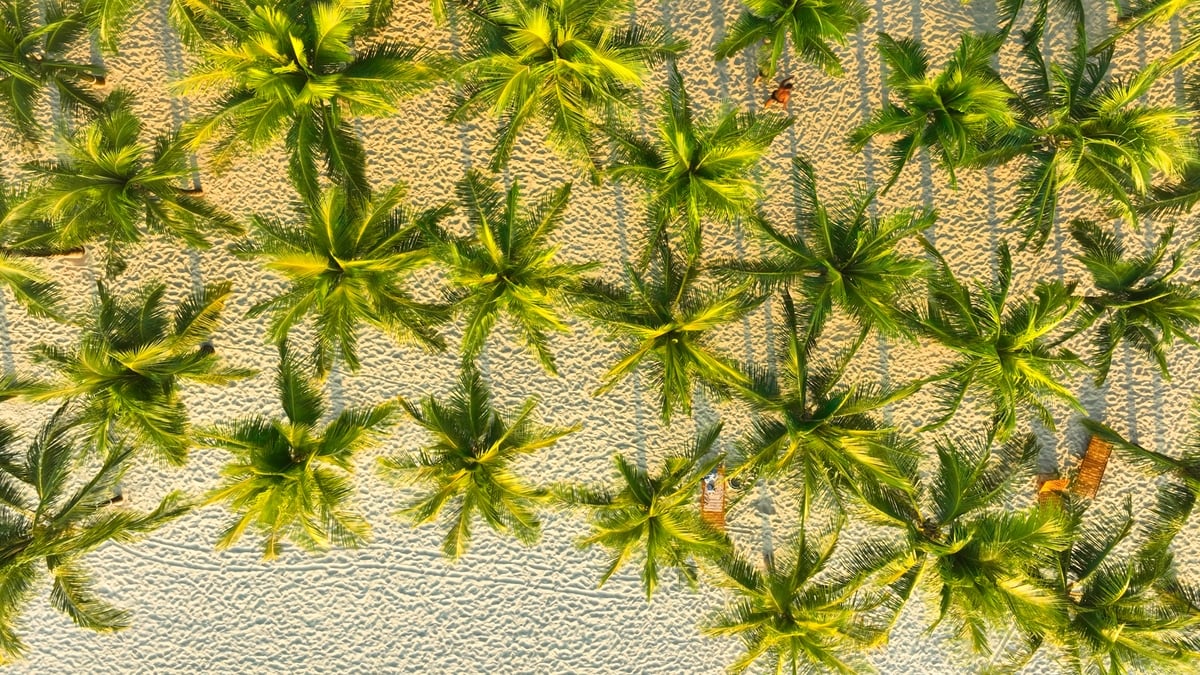








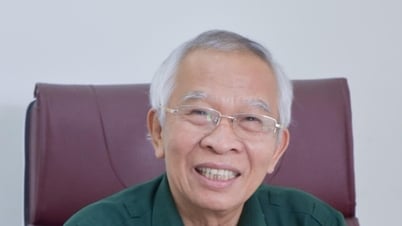



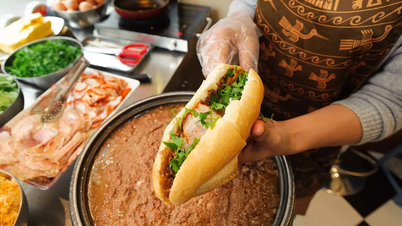




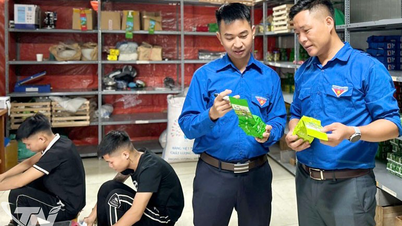







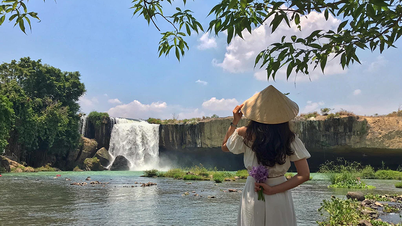

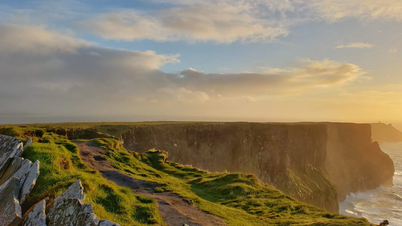
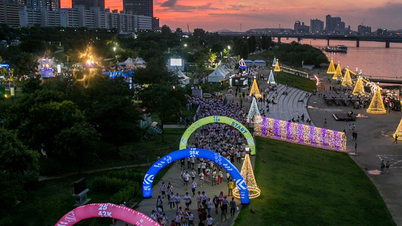
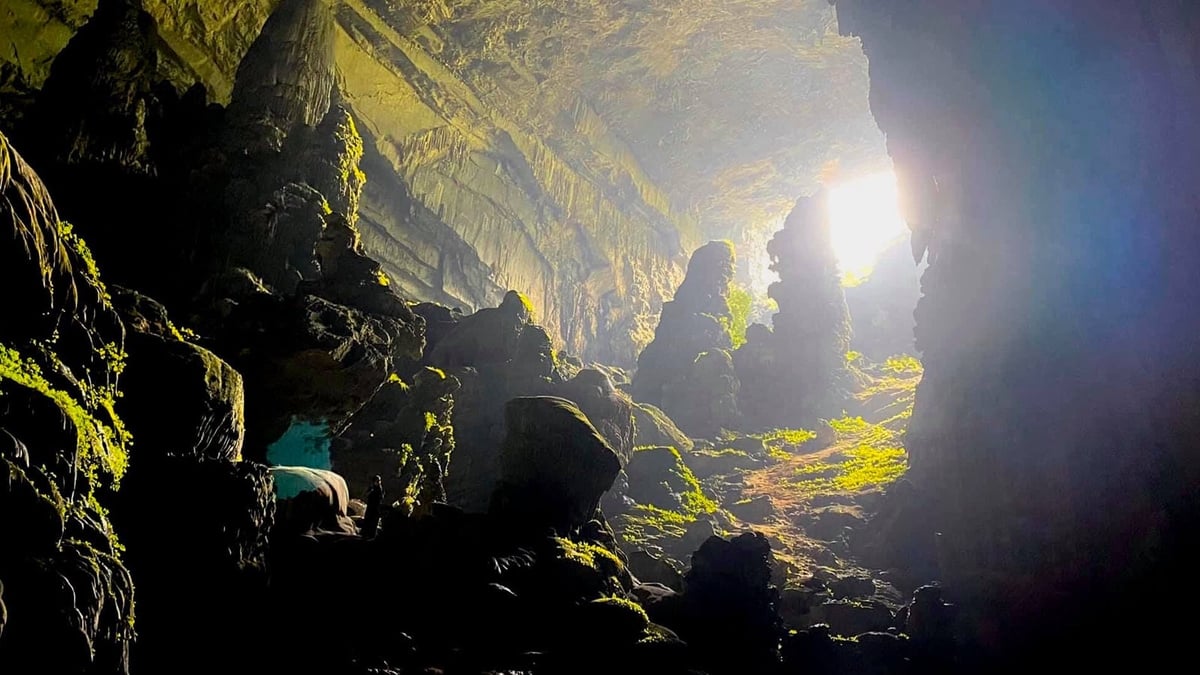


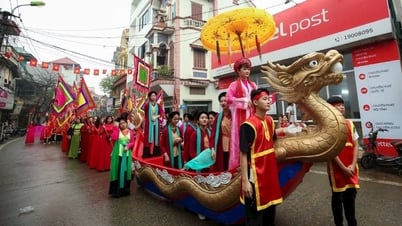
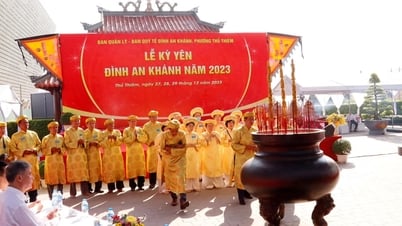

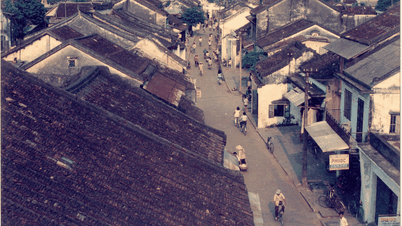
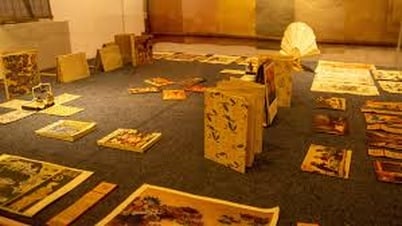

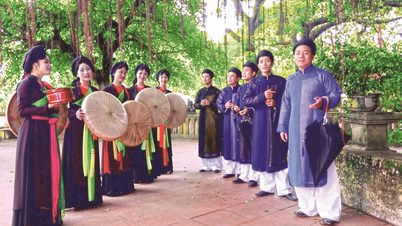

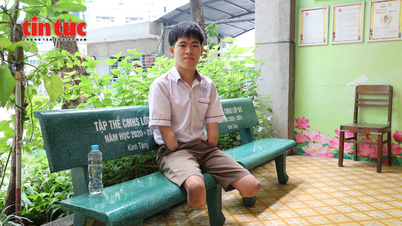

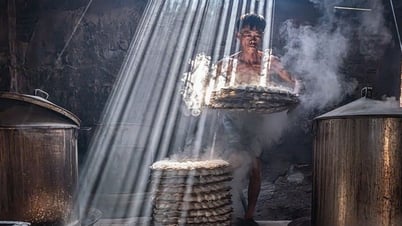





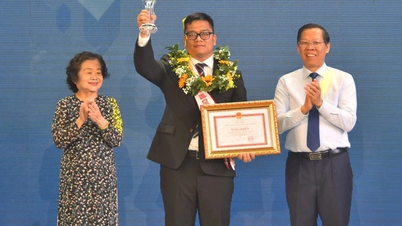



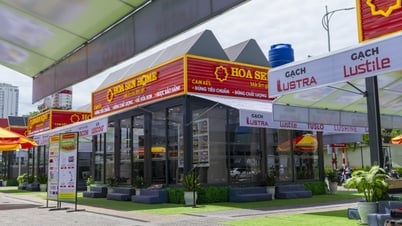









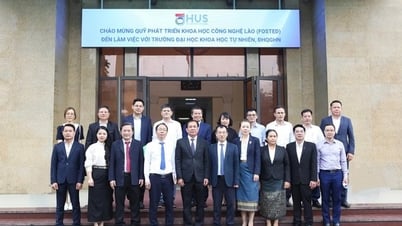






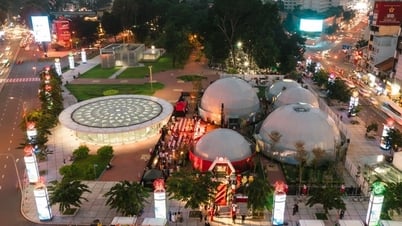










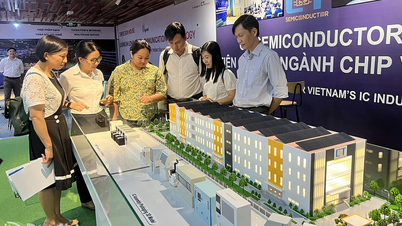
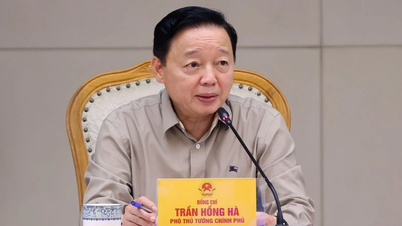
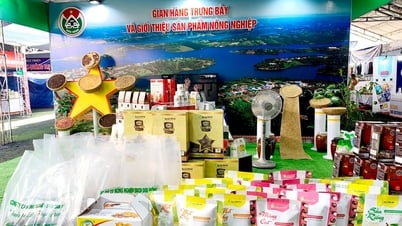

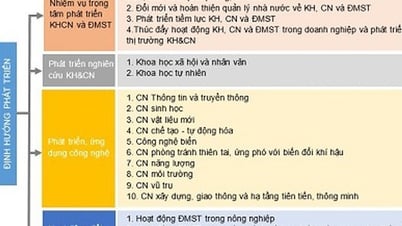





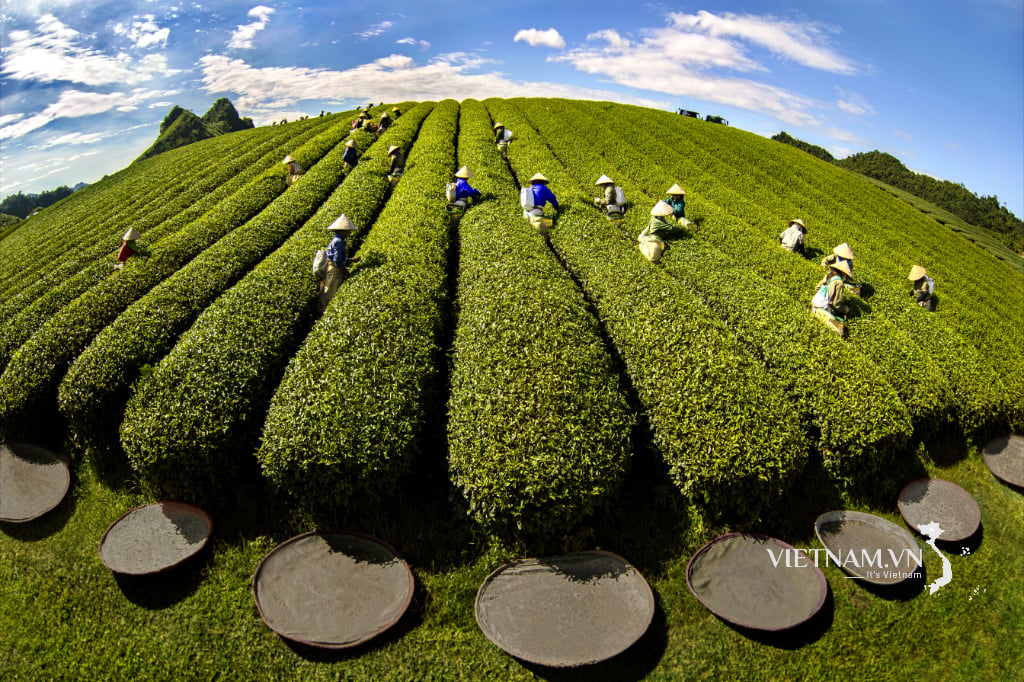

Comment (0)